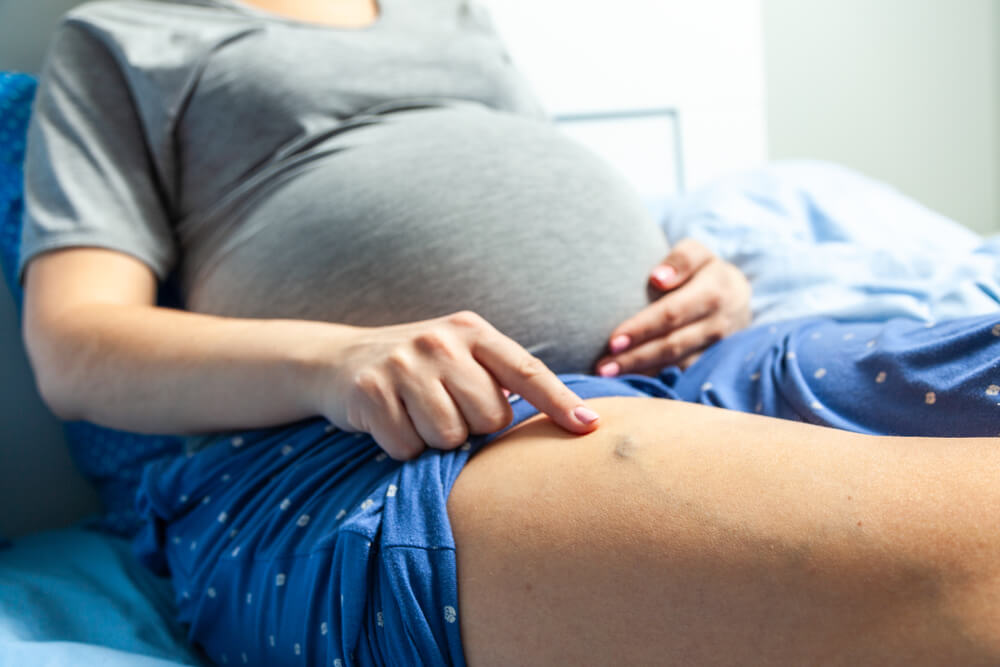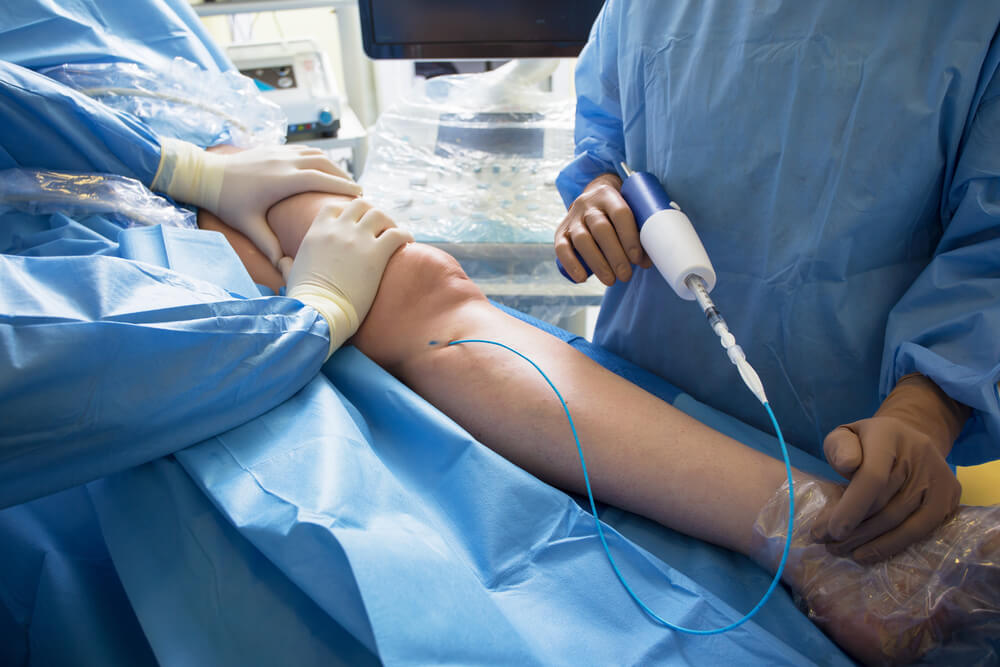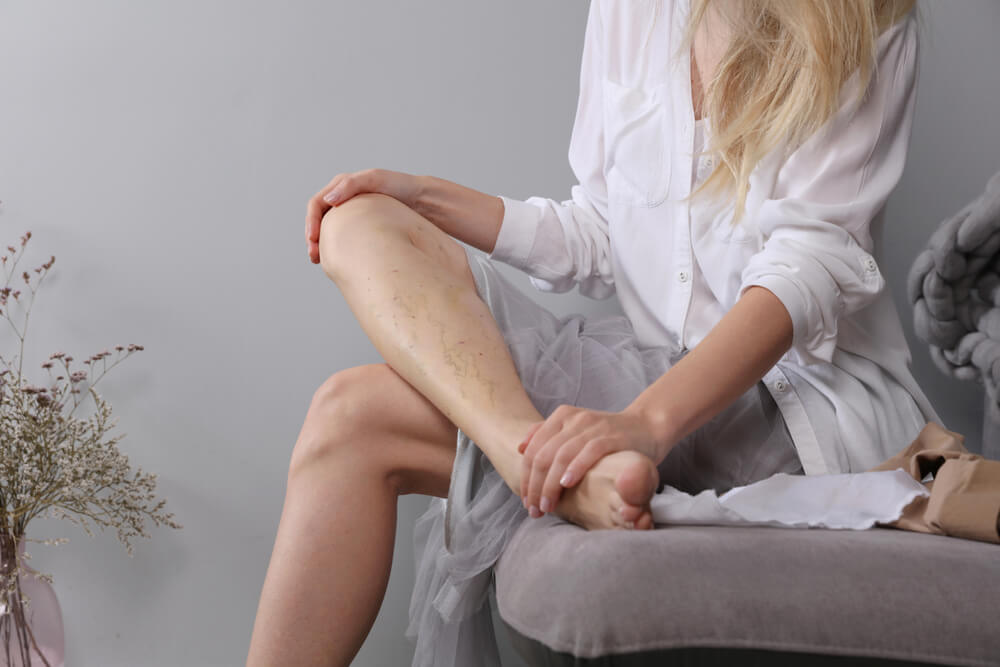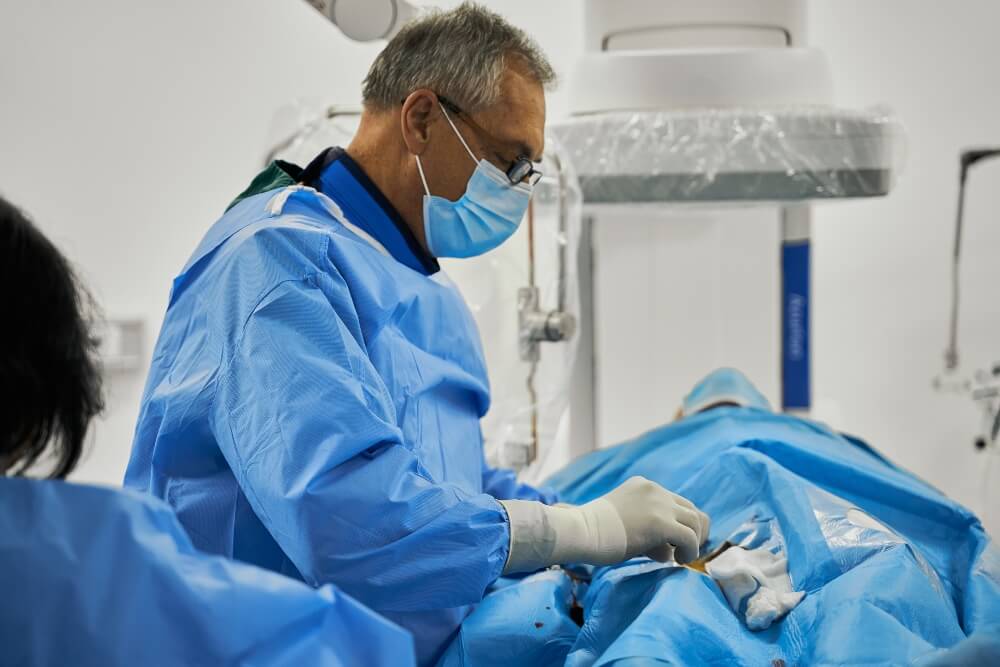Although medicine has come a long way and it is now quite simple to get rid of varicose veins, many people still choose to wait despite the obvious existence of the problem. There are many reasons for this, including the fact that they may not immediately cause much discomfort and for a while, they may seem more like an aesthetic rather than a health problem, but that is not true.
Varicose veins are never just an aesthetic problem.
Why do varicose veins appear?
The role of veins in the human body is to return blood from various tissues and organs to the heart, while arteries are responsible for transporting blood from the heart to other parts of the body. Good blood circulation is extremely important for the proper functioning of the entire body.
Inside the veins, there are valves that help the blood flow in one direction, towards the heart, and prevent it from flowing back. The moment there is a problem with one of the valves, a certain amount of blood will flow back into the vein, causing it to expand. Varicose veins appear in different parts of the body, but they are most commonly noticed in the legs. The reason for this lies in the laws of physics, more precisely, in gravity.
When blood returns to the heart through the veins from the upper parts of the body, gravity helps and facilitates the flow, while veins that carry blood from the legs to the heart work against the force of gravity and have a more difficult task. That is why problems with blood flow in veins are more likely to occur in the legs than, for example, in the arms.
Why some people have varicose veins while others don’t
The answer to the question of why some people have varicose veins while others don’t is often complex. Known risk factors that lead to this condition are present in most cases, and when patients notice prominent varicose veins on their legs and look at all these factors, they can easily identify themselves in several categories.
It’s good to know that we can influence the prevention or delay of this problem by our lifestyle.
Some risk factors, including genetics, gender, and age, are beyond our control, and we must accept them. However, on the other hand, by organizing our lives and directing ourselves towards healthy habits, we can still improve our chances of avoiding this problem.
Causes of varicose veins can be:
- Age
As you age, the likelihood of developing varicose veins increases because veins lose their elasticity, causing them to widen and often leading to valve failure, allowing blood to flow back and accumulate.
- Genetics
Genetics is a significant factor, and there is a high chance that you will have varicose veins on your legs if someone in your family already has them.
- Pregnancy
Varicose veins are extremely common in pregnant women, especially in the legs. During pregnancy, the amount of blood increases while the flow decreases, which can cause blood to flow back and result in varicose veins. In addition, sudden weight changes and significant pressure on the legs and blood vessels do not help.
This condition in pregnant women rarely requires treatment because it usually goes away on its own a few months after delivery.

- Standing or sitting for long periods
Neither passivity nor prolonged standing are good for the veins that permeate the legs. If our job involves sitting or standing in one place, we should compensate for the damage we do to our venous system during our free time.
- Obesity
Obesity in most people is a result of poor diet and passivity. A diet rich in cholesterol and bad fats, and poor in fiber, minerals, and vitamins affects the patency of blood vessels and their overall condition.
In addition, the weight increases the pressure on the legs, and thus affects the ability of the valves to maintain normal blood flow to the heart.
- Smoking
Smoking has an extremely negative effect on the entire cardiovascular system. Smokers are prone to all problems related to the heart and vascular system because nicotine affects increased blood clotting, and other harmful substances affect the flow of oxygen and blood vessels in general.
- Oral contraceptives
Contraceptive pills contain progesterone and estrogen, which affect the elasticity of the walls of the veins, and the possible unwanted effects listed on every package include thrombosis.
- Chronic constipation
Chronic constipation is associated with problems with blood vessels around the anal opening, which leads to the appearance of hemorrhoids.
- Flat feet
People with flat feet have an irregular body posture, and their legs suffer greater pressure, which also affects the veins.
If you recognize yourself in one or more of these categories, even if you do not notice prominent veins on your legs, the chances of it happening one day certainly exist and you should do everything you can to change habits that can be changed.
What are the symptoms of varicose veins?
The symptoms of varicose veins are not pleasant, but they do not appear immediately. You may see and feel their presence under your fingers for years without any particular discomfort, but it is a matter of time before they start to bother you.
Some of the most common symptoms of varicose veins include:
- A feeling of heaviness in the legs
- Pain in the legs after prolonged standing or sitting
- A feeling of tightness in the legs
- Restless leg syndrome
- Itching
- Burning or tingling sensations
- Red, painful bumps on the legs
Stages of varicose veins
First stage – prominent veins are visible on the legs, but there is no pain or significant discomfort.
Second stage – a feeling of heaviness in the legs appears, often accompanied by swelling around the joints.
Third stage – blockages become visible to the eye, the veins are noticeably thickened, and the person begins to feel pain, cramping, and tingling.
Fourth stage – circulation is poor, in addition to visible changes in the veins, the surrounding tissue is also affected. The skin in that area begins to change color, may flake, atrophy, and in severe cases, ulcers may develop.
How are varicose veins treated?

The treatment of varicose veins depends on the stage of the problem and varies from patient to patient. Sometimes, compression bandages or even creams can help reduce discomfort, but the most effective methods have been those that involve intervention.
VenaSeal represents a revolution in the treatment of varicose veins, and now this procedure is available at the Cardiology Center Pulse.
This procedure involves excluding the affected vein from the system, like other minimally invasive procedures, but the way it is done differs. Using a small catheter, a sealant is applied to the problematic vein, which glues its walls together and thus excludes it from the bloodstream. When the doctor releases a special medical adhesive, he or she applies pressure to the leg and seals the walls of the vein. Afterward, the patient only receives a bandage over the catheter insertion site and can go home.
The procedure is safe, lasts about half an hour, requires no special preparation, and has an extremely high success rate! If you are struggling with this problem, know that there is a simple way to solve it. You don’t have to endure pain and hope that it will just go away because it won’t.
Schedule a consultation with one of our vascular surgeons, and they will help you determine which treatment method is best for you.



